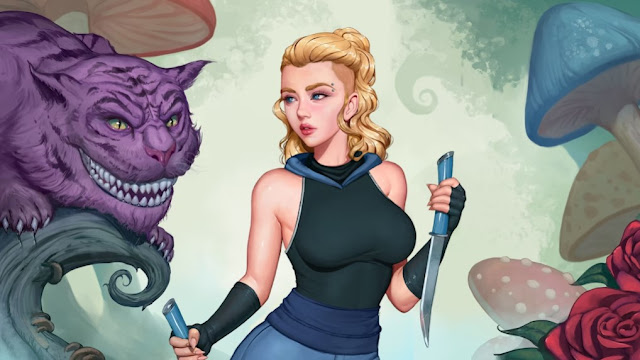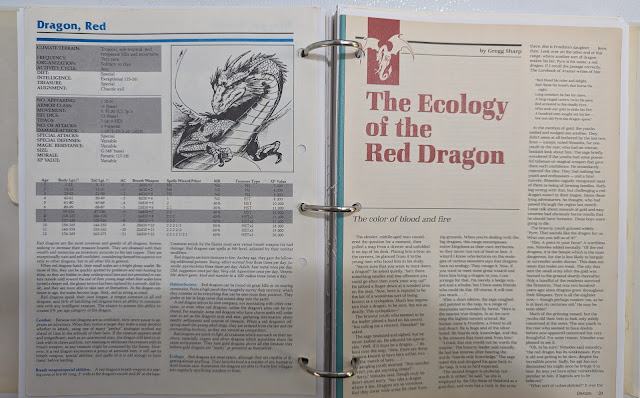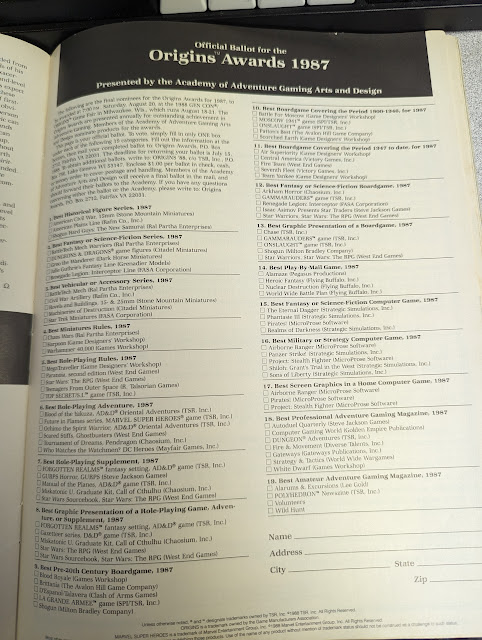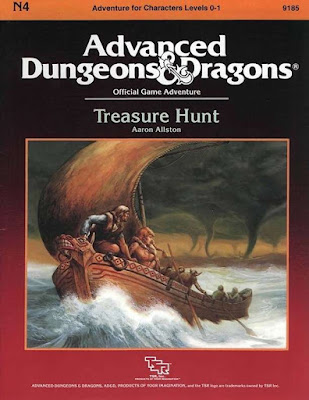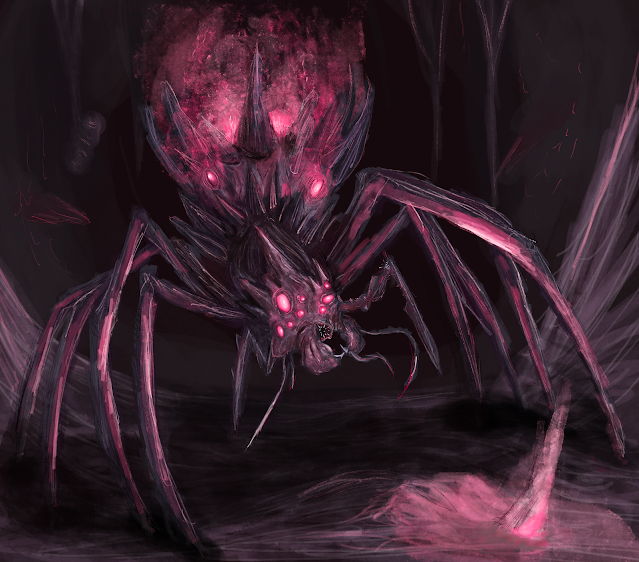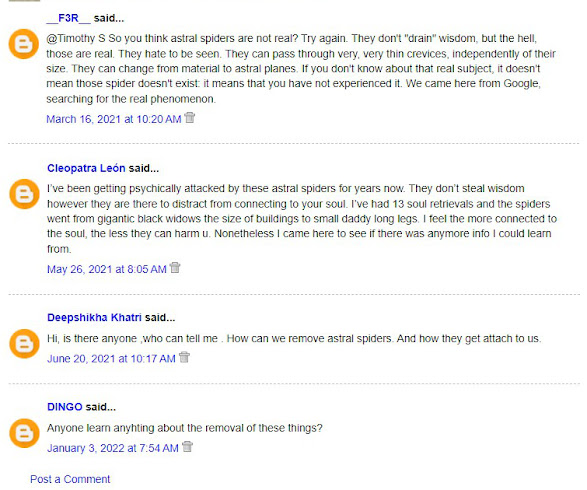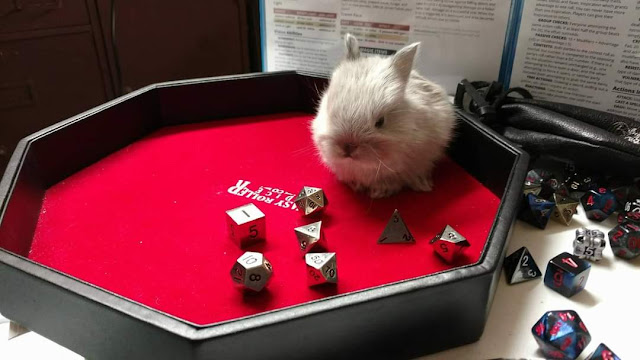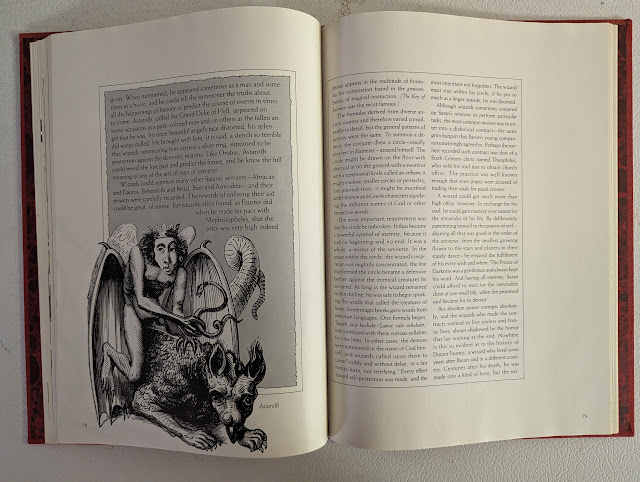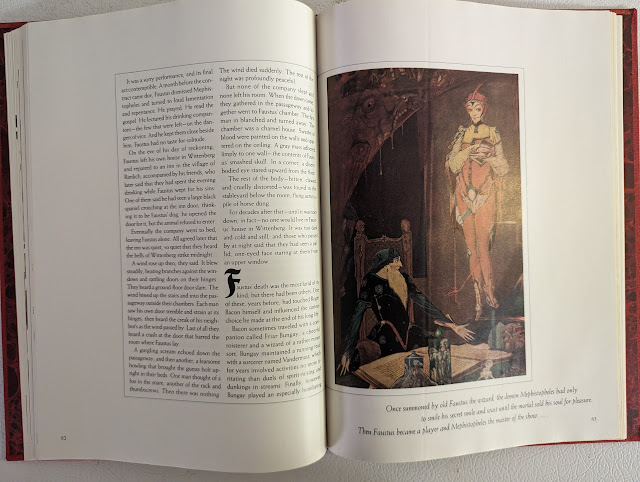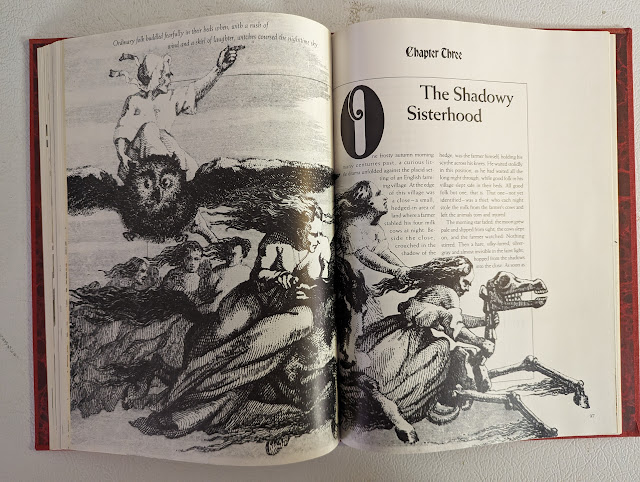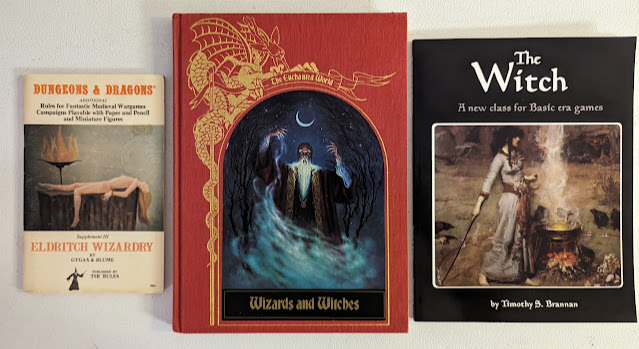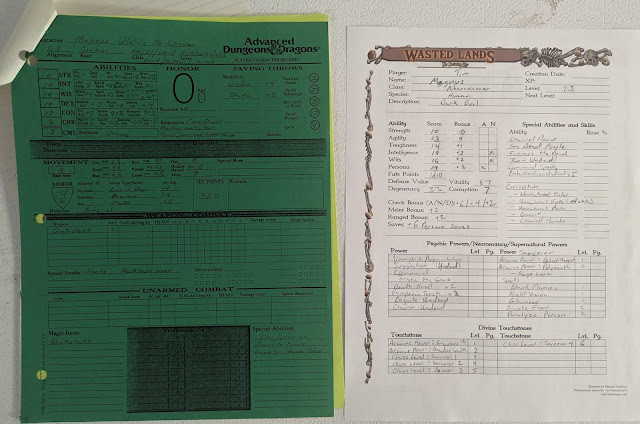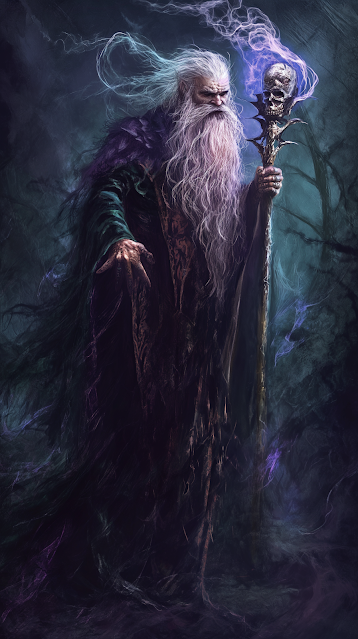
The year is 1648. The War of the Counter-Reformation never seems to end as what was at first a civil between the Germanic states of the Holy Roman Empire over the rights and dominance of the Lutheran and Catholic churches that drew other nations of Europe and escalated into a contest for European dominance between Habsburg-ruled Spain and Austria, and the French House of Bourbon. Surrounded by Spanish Hapsburgs to the south, east, and north, France not only faces enemies from without, but also within, for the kingdom is divided by many loyalties. Louis XIV is only ten, but has already been king for five years. His mother, Queen Anne, a former Habsburg princess and the most hated woman in France, governs as regent with aid of her able prime minister, Cardinal Mazarin, the most hated man in France. Together they have kept France safe, but the continued need for more funds to maintain the war effort requires more taxes to be raised and more offices to be sold, arousing the anger of Parlement. Worse, the burden of the taxes will fall upon the bourgeois and the peasantry, those of the third estate or menu peuple, and the poor, or les maginaux, whilst the nobility of the second estate pay little and the clergy of the first estate pay none. All of which is collected in a manner which is inefficient and prone to corruption. Thus, there is a divide between all levels of society, between those who can afford to pay taxes and pay little and those who cannot afford to pay taxes and pay more. There are divisions of religion between the Catholics, Lutherans, Huguenots, and Jews. There are divisions of loyalty and politics between the Royalists who support Queen Anne and Cardinal Mazarin; the Frondeurs who oppose both them and the heavy tax burden; the Noblists who oppose Queen Anne and Cardinal Mazarin in order to maintain the independence of France’s great families; the Hapsburg faction which would ally with the biggest power in Europe as it would be best to be on the winning side and the right side of God; and the Cardinalists, who recognise Mazarin as the real power in France and believe his efforts have kept France safe to date. This is France in 1648 and the background to Miseries & Misfortunes.
Miseries & Misfortunes is a roleplaying game set in seventeenth century France designed and published following a successful
Kickstarter campaign by Luke Crane, best known for the fantasy roleplaying game,
Burning Wheel. Notably, it is based on the mechanics of
Basic Dungeons & Dragons. Originally,
Miseries & Misfortunes appeared as a fanzine in 2015, but its second edition has since been developed to add new systems for skills, combat, magic, and more. However, the underlying philosophy of
Miseries & Misfortunes still leans back into the play style of
Basic Dungeons & Dragons. For example, the differing mechanics of rolling low for skill checks, but high for combat rolls and saving throws. Plus, the Player Characters exist in an uncaring world where bad luck, misfortune, and even death will befall them and there will be no one left to commiserate or mourn except the other characters and their players. Further,
Miseries & Misfortunes is not a cinematic swashbuckling game of musketeers versus the Cardinal’s guards. It is grimmer and grimier than that, and the Player Characters can come from all walks of life. That said, it is set in the similar period as Alexandre Dumas’
Three Musketeers and
Twenty Years After, so will be familiar to many players. The other major inspiration for
Miseries & Misfortunes is
Les Misères et les Malheurs de la Guerre, a set of eighteen etchings by French artist Jacques Callot that grimly depict the nature of the conflict in the early years of the Thirty Years War.
Miseries & Misfortunes – Book 2: Les Fruits Malheureux is the second of the roleplaying game’s two core rulebooks. The first, Miseries & Misfortunes – Book 1: Roleplaying in 1648 provides the core rules for the roleplaying game, whilst the second, Miseries & Misfortunes – Book 2: Les Fruits Malheureux provides the means to actually create Player Characters. Further rulebooks and supplements add expanded rules, magic, science, and divinity, provide a detailed scenario and setting, and describe Paris in this period. A Player Character in Miseries & Misfortunes has six governing abilities—Strength, Intelligence, Wisdom, Dexterity, Constitution, and Charisma. These range in value between three and eighteen, but can go lower. Each provides a bonus to the roleplaying game’s eight skills, but for situations where pure Strength or Intelligence is required, a roll equal to, or less than the value will succeed. The eight core skills are Break, Improvise, Listen, Parley, Sang Froid, Search, Sneak, and Traverse. Of these Sang Froid, or ‘cold blood’, is the strong will and steeliness needed to commit acts of violence. Each skill is represented by a die type and rating, for example, ‘3/6’, meaning that the Player Character must roll three or less on a six-sided die to succeed. If a skill is raised to ‘5/6’ and then raised again, its die type increases to ‘7/8’, meaning that the Player Character must roll seven or less on an eight-sided die to succeed. The maximum a Player Character can have in a skill is ‘19/20’. The rating of a skill can be raised during character generation, following the Life Paths presented in Miseries & Misfortunes – Book 2: Les Fruits Malheureux, and temporarily during play with bonuses for situation and the Player Character’s actions. A skill rating reduced to zero is ‘Unmoored’ and rolled on ‘1/10’.
A Player Character has four saves—Artillery, Chance, Poison & Plague, and Terror. These are set at sixteen. They can be lowered as a result of events in a Player Character’s Life Path. Similarly, his values for Defence—based on Strength, and Dodge—based on Dexterity, are also modified by a Player Character’s Life Path. Hit Points and Will—lost either in a duel of wits, from losing a fight, from encountering the supernatural, or being attacked in the press—are also determined by a Player Character’s Life Path. A Player Character has three Mentalités, Nationality, Politics, and Religion, which are also treated like skills. In the core rules for Miseries & Misfortunes, Nationality will be French, but Politics can be Royalist, Froundeur, Noblist, Hapsburg, or Cardinalist, whilst Religion can be Catholic, Lutheran, Huguenot, or Jewish. All of which will set up rivalries and influence interaction as play progresses. Lastly, a Player Character will have Precedence, which will depend upon which of the three estates he belongs to and his station within that estate. This is the equivalent of his social status and will play a role in interactions with NPCs and in duels of wit.
To create a character, a player first works with the other players to create a Motif. This is a bond that the Player Characters share together as a group, can be invoked during play. Once decided, the player rolls for his character’s Quality of Birth and Wealth, which determines his income source and the number of obligations he has. This is followed by rolls for his income range and property type owned, which can also increase his number of obligations, the first of which is to the state and the second to the self. Dependents and their lifestyles increase the Player Character’s Obligation. The player rolls Mentalités for his character followed by his abilities. The latter are rolled on three six-sided dice, in order, and can provide modifiers to basic skills, saves, and more.
Following this, the Player Character is put through a series of Lifepaths. A Lifepath provides the base Hit Points for the Player Character, along with modifiers to Saves and basic skills, plus skills particular to the Lifepath for a total of six. Each Lifepath has a maximum of six Levels, with each Level requiring certain objectives to be fulfilled before the Player Character can advance. For example, to advance to Third Level, a Musketeer must both defend the honour of the Musketeers and defend his honour in a duel. Each Level grants all of the bonuses, but one less skill each time. Thus, a Third Level Sailor selects four skills to improve, but only three at Fifth Level. There are twelve Lifepaths. These are Américain(e), Clerk, Factotum, Filou, Gamin(e), Infantry Officer, Merchant-Venturer, Musketeer, Passeur, Petty Noble, Sailor, and Soldier. Of these, Américain(e) are those who have returned from the colonies, including escaped slaves; Filou are petty criminals; Gamin(e) are the orphans and urchins, the younger siblings of the Filou; and the Passeur ferries goods and persons across the River Seine in Paris. For a starting Player Character it is suggested that three Levels be taken in the one Lifepath. In addition, at each Level, a base skill also increases.
The choice of starting Lifepath also determines a Player Character’s starting age, whilst the Quality of Birth his life expectancy. The latter is rolled by the Game Master rather than the player and kept secret. The difference between current age and life expectancy becomes the Player Character’s Mortal Coil, which can be spent to gain bonuses to rolls and saves. Lastly, the player works what the character’s Measures—Hit Points, Will, Defence and Dodge, Morale, Reputation, and Precedence—all are determined.
In addition to completing tasks and objectives necessary to advance to the next Level of a Lifepath, a Player Character can attempt to complete tasks and objectives necessary to advance to the next Level of his three Mentalités—Nationality, Politics, and Religion. For example, to advance his Nationality Mentalité from First Level to Second Level, his Player Character must visit the capital for a royal celebration and see the king or queen as well as boast about the indomitable spirit and proud national character of his character, whilst to do the same for his Religious Mentalité, he simply has to attend to religious ceremonies in support of his faith.
Our sample Player Character is Phillippus. His family are paper makers and booksellers. His intelligence was spotted at an early age and he benefited from a Jesuit education despite his faith and was sponsored to attend university. He has recently graduated and is seeking a position as a clerk to better himself. His family includes two cousins by marriage who are pleased of the opportunity to work in the family business, whilst his younger brother has yet to decide his future.
Phillippus
Third Level Clerk
Age: 21 (Life Expectancy 60, Mortal Coil 39)
Quality of Birth: Artisan
Social Strata: Artisan
Income Source: Business Income Range: 5
Property: City Home (Asset Value: 3) Wealth Rating: 5/6
Debts: Owes a small debt
Obligations: 9
State 1/6 Personal 1/6
Dependents: 3
Younger cousin (In-law, Bread Alone, Obligation 1), Older Cousin (In-law, Bread Alone, Obligation 1), Younger Brother (Blood, Respectable, Obligation 2)
MENTALITÉS
Nationality: French 1/6 Politics: Royalist 1/6 Religion: Huguenot 1/6
ABILITIES
Strength 10 Intelligence 17 (+2) Wisdom 13 (+1) Dexterity 11 Constitution 13 (+1) Charisma 14 (+1)
SKILLS
Accounting 5/6, Break 1/6 Composition 5/6, Improvise 2/6 Listen 3/6 Parley 4/6 Sang Froid 2/6 Search 3/6 Sneak 2/6 Traverse 2/6
OTHER LIFEPATH SKILLS
Documentarian (+2 to hit with Accuse, confess, and Threaten actions in Duel of Wits with documentary support), Record Keeper (+2 to Search skill in libraries, archives, or government offices)
LANGUAGES
French 7/8, Greek 1/6, Latin 3/6, Spanish 2/6
SAVES
Artillery 16 Chance 13 Poison & Plague 12 Terror 15
MEASURES
Hit Points: 9 Will: 8
Defence: 10 Dodge: 11 Morale: 8
Reputation: 5 Precedence: 3rd État/3
The process is not difficult, but it is detailed and it is fiddly. There are a lot of numbers to note down and so on, so the process does take a bit of time. If there is anything missing from the selection of Lifepaths, it is those for the members of the clergy, the First Estate. These though are actually detailed in
Miseries & Misfortunes – Book 3: The Sacred & The Profane. Another issue, perhaps, is the role of women in the setting. There is no discussion of this, whether to adhere to a historical attitudes and roles or run the roleplaying game allowing more wider roles for both men and women. Ultimately, this will be up to the Game Master and her players to decide. That said, from the Lifepaths given, there is also no adventuress-style role akin to that of Milady de Winter, as depicted in
The Three Musketeers. Yet in the case of Milady de Winter, there is also no Nun Lifepath to start from, either in
Miseries & Misfortunes – Book 2: Les Fruits Malheureux or
Miseries & Misfortunes – Book 3: The Sacred & The Profane. To start then, a player might start with Filou or Gamine and build a similar history using other Lifepaths such as Petty Noble.
Beyond the basics of creating a character,
Miseries & Misfortunes – Book 2: Les Fruits Malheureux covers Virtues and Flaws, such as Patient or Compassionate, Cruel or Gluttonous. These tied to a Player Character’s six abilities, but are not selected during the creation process. Instead, they are chosen and earned through play, several sessions into the game. Rounding out
Miseries & Misfortunes – Book 2: Les Fruits Malheureux is a section of equipment and for the Game Master a set of tables for creating NPCs. More broadly, there is a short guide to curses appropriate to the period and in ‘Mode of the Day’, a guide to the speech patterns of the period. Though short, this is a delight, making clear that the players and their characters should be polite, speak obliquely and colourfully, and use more words than a modern speaker would. For example, “Monsieur, I wish it were the case that you had cause to visit the Netherlands just the once and so could spend your time at home in this very fine house with its bounteous wine cellar and extensive, if unleafed, library, in the tender embrace of your beautiful wife, on French soil as every true patriot should, but I have it on very good authority, the Dutch authorities indeed, that you have been seen in Rotterdam more than once. Indeed, Dutch records show that you purchased numerous cargoes, but unfortunately, having searched the state records, my efforts have been in vain. I simply cannot find any record of the taxes owed to the crown on those cargoes. I am but a humble bureaucrat, perhaps you can enlightenment me as to where you sold those cargoes and what taxes you paid on them?”
Physically,
Miseries & Misfortunes – Book 2: Les Fruits Malheureux is well presented and written, and includes a full example of character creation, which goes some way to ease the learning of the process. It is illustrated with a period artwork and etchings which helps impart its historical setting. If it is missing anything, it is an index, but at just over sixty pages, this is not too much of an issue.
Miseries & Misfortunes – Book 2: Les Fruits Malheureux presents the character creation process for
Miseries & Misfortunes in as straightforward a fashion as is possible. It could have done with a simple listing of the complete step-by-step process with page numbers, but the book is quite short, so the process is not necessarily difficult, but rather takes a little getting used to, given the number of things that a player has to do to create a character. The resulting Player Character sits somewhere in terms of complexity and detail between
Maelstrom and
Warhammer Fantasy Roleplay, capable, but fragile as per the Old School Renaissance origins of
Miseries & Misfortunes demands.



